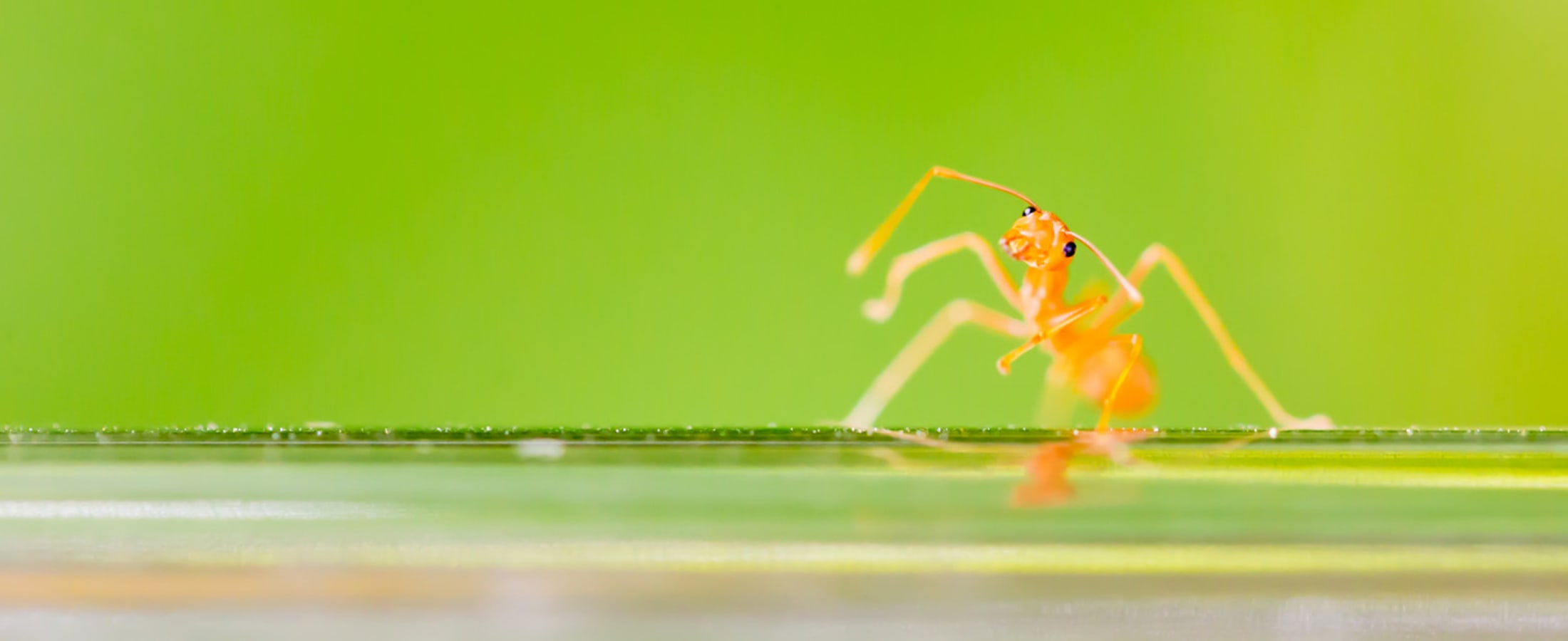Sustainability
By recycling these unused animal parts, rendering produces useful renewable products that are invaluable to a wide range of industries, including the agri-food industry itself.
The virtuous cycle of rendering is both cost-effective and environmentally efficient. Recycling animal by-products sequesters at least five times as many greenhouse gas (GHG) emissions as it emits. Rendering also yields far fewer emissions than alternatives such as burial, landfill, composting, digestion, and outdoor incineration, enabling the industry as a whole to reduce its environmental footprint and become more sustainable.
The Agri-Food industry in Ireland
In Ireland, the Food Harvest 2020 primary objectives include increasing the value of agricultural outputs, improving the valued-add of the agri-food sector, increasing exports, increasing milk production, and adding to the value of the beef sector. These are all objectives that College Group contributes towards.
The large volume of bio-waste processed by College Group facilities represents a significant percentage of the national throughput. Alternatives to rendering can potentially have the following issues:
On-site burial or landfill
Negative impact on water quality; groundwater contamination; leaching (e.g. chloride, ammonium, nitrate, E. coli); poor biosafety; potential for carcasses to explode from methane build-up (cattle bloat). It can take 25 years for carcasses to decompose.
Outdoor incineration
Releases heavy metals into the air; emits pollutants (e.g. sulphur dioxide, carbon monoxide, nitrogen oxide); airborne toxins can easily reach human food and water supply; poor biosafety.
Composting
Accumulation of antibiotics, growth promoters, vaccines, and agricultural chemicals; can concentrate naturally occurring heavy metals; releases CO2 and methane; poor biosafety. Composting bones is very difficult and there are limited uses for the resulting compost.
Anaerobic digestion
Leaves large quantities of residual fat; water-intensive process; produces prions and heat-resistant bacteria; seepage; poor biosafety. Digesters work best as a small, local solution, which is generally not logistically or economically viable.
Rendering Is A Virtuous
Cycle
None of the alternatives to rendering is a completely safe way to dispose of specific risk materials. Also, while anaerobic digestion does produce methane fuel gas and both composting and digestion can produce fertiliser, none of the methods listed above produces any of the valuable products that rendering does.


